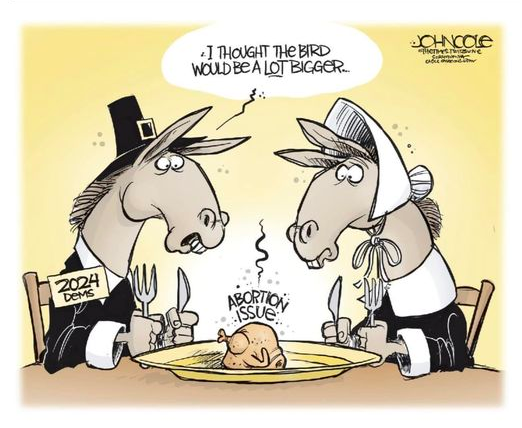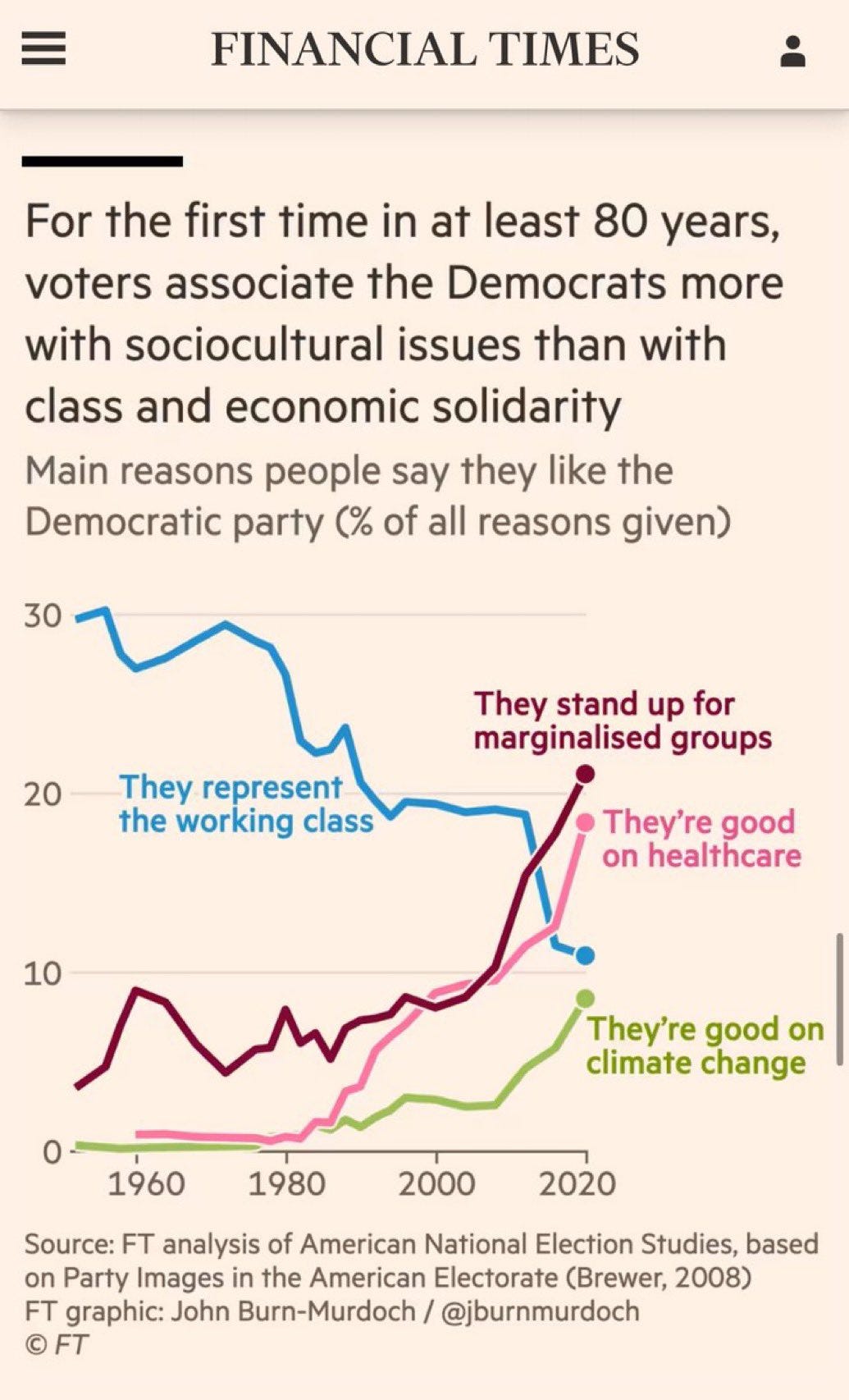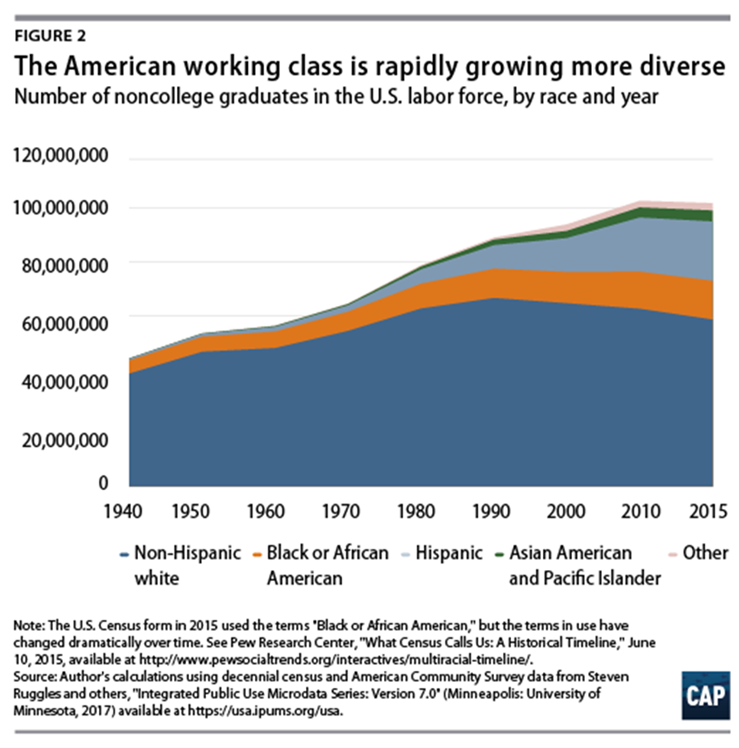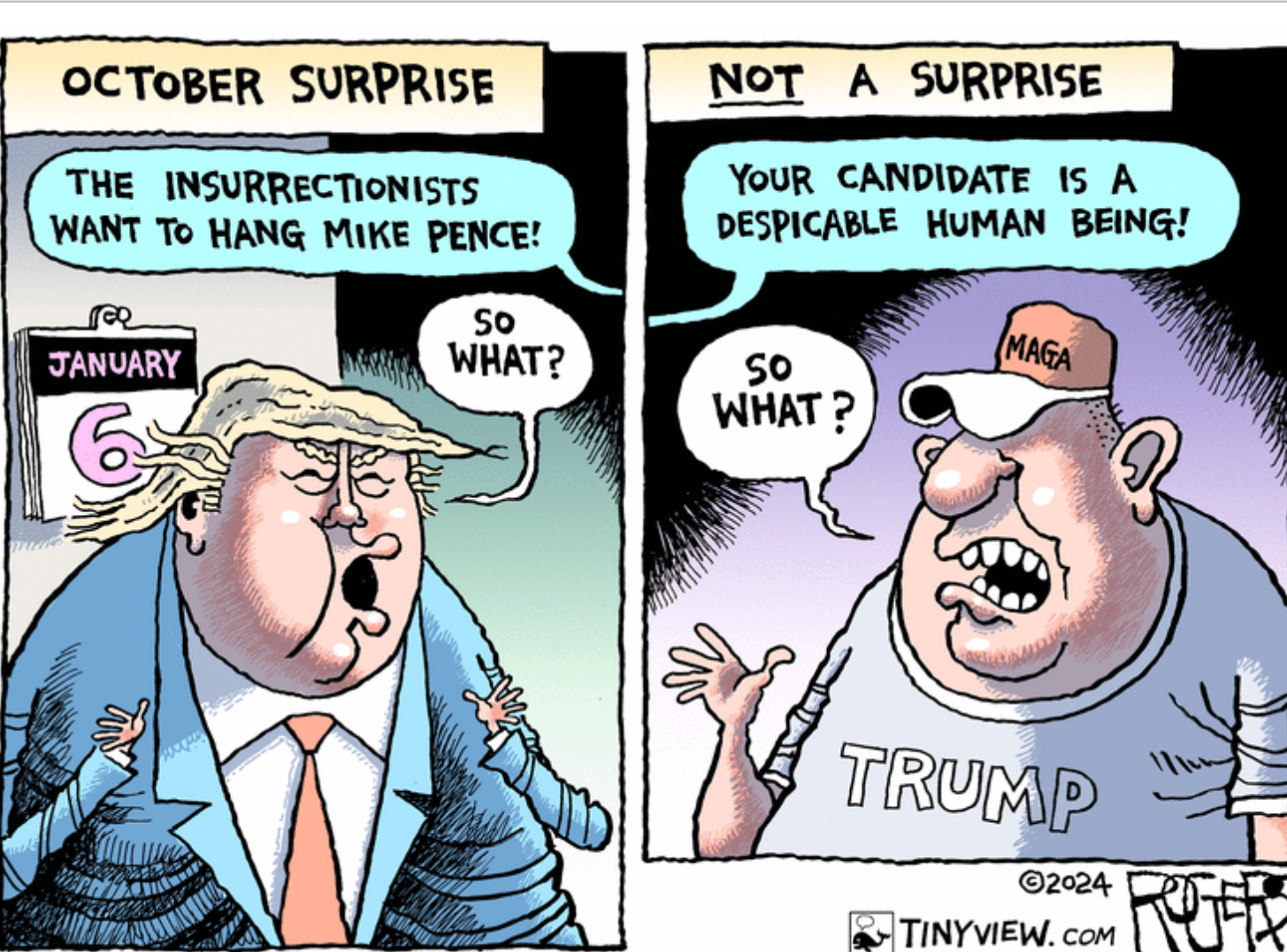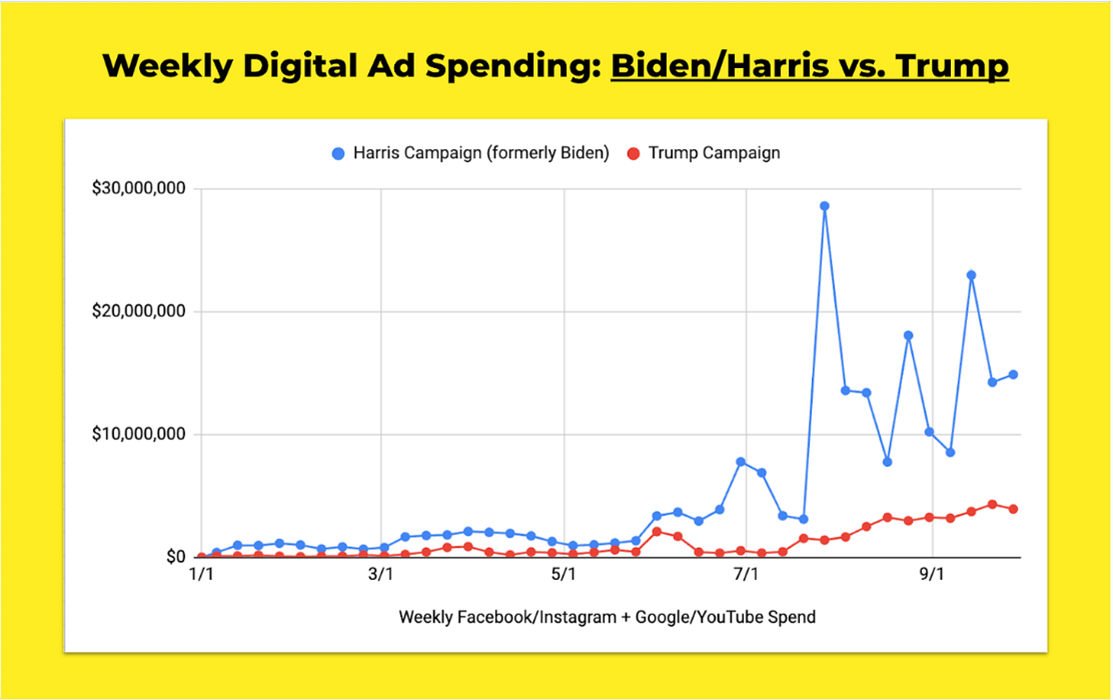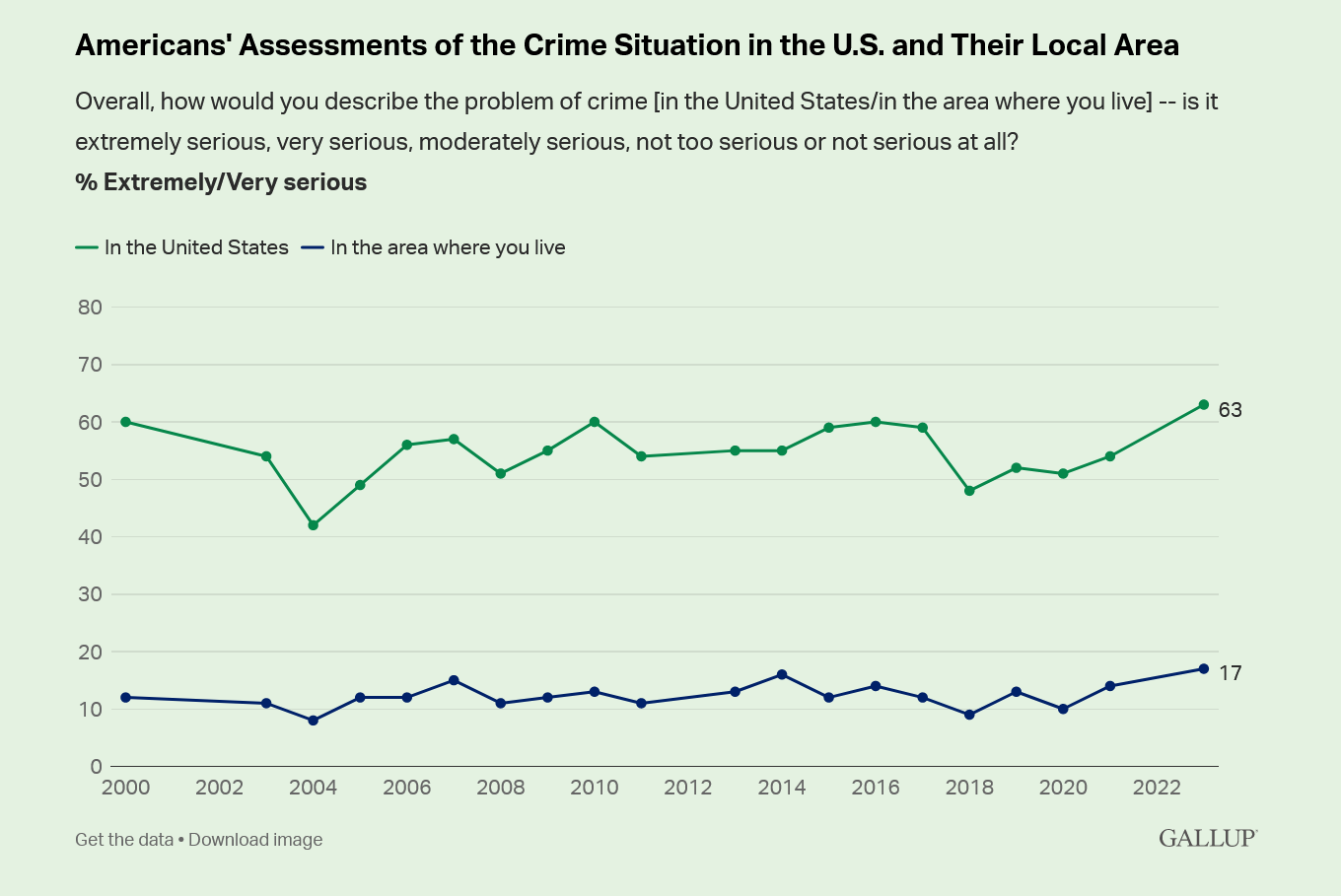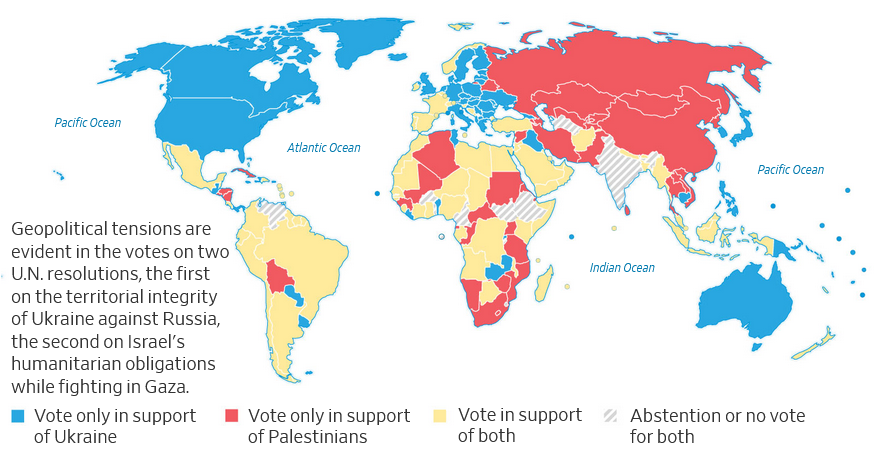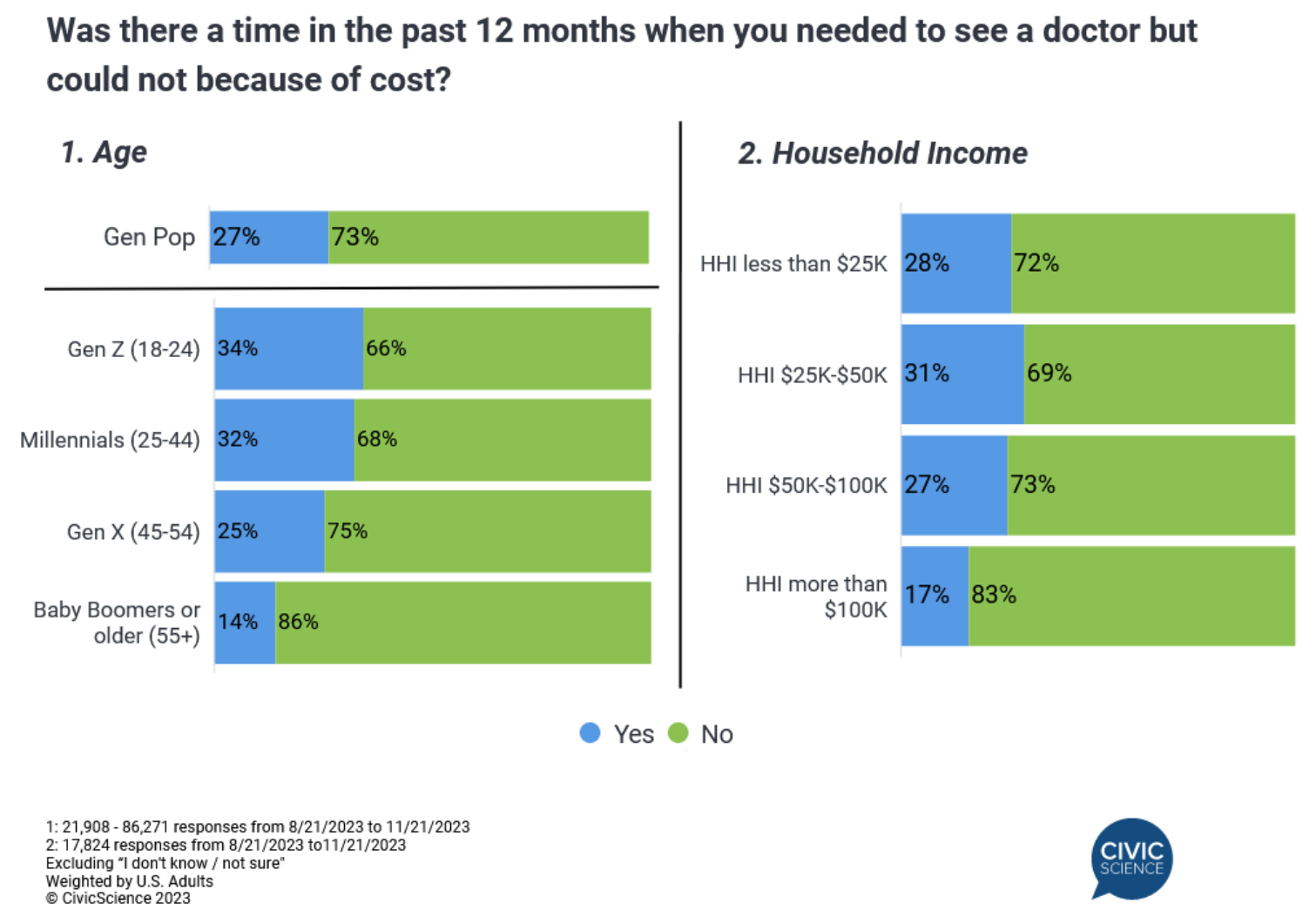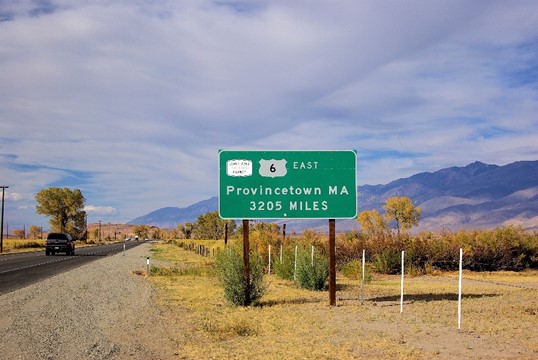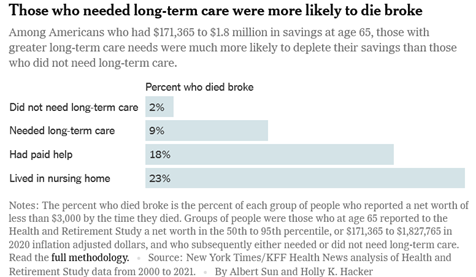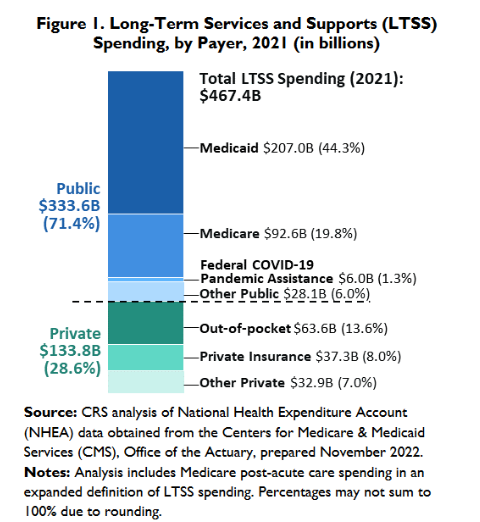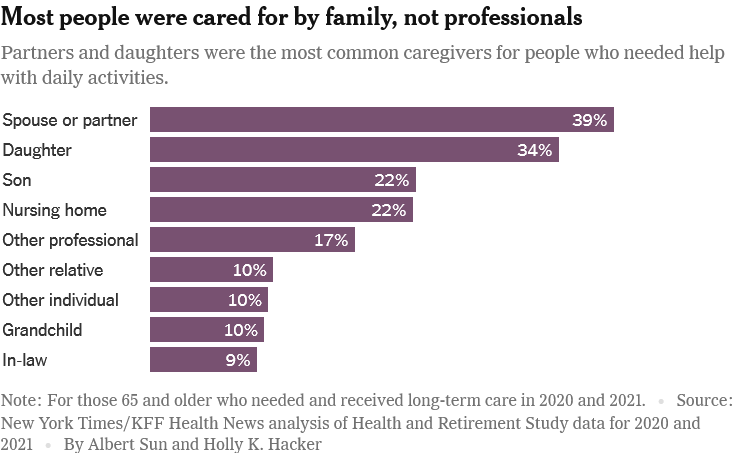The Daily Escape:

It used to be that In America, one truism of politics is that Social Security (SS) is the “third rail”: You mess with it at your political peril. Republicans have never liked Social Security. They voted against it when it was passed in 1935, and they have been trying to get rid of it in the 90 years since then.
But the problem is that SS is one of the most successful programs created by the government. It has reduced poverty among seniors from nearly 40% to only about 10% (and SS provides at least a subsistence level of income to that remaining 10%). It provides an income for people with disabilities who cannot work. And it has never added a penny to the national debt. Justifiably, it is a very popular program with Americans.
Because of its popularity, Republicans have never been able to abolish the program ̶ but they keep trying. In 2005, GW Bush wanted to privatize SS (putting seniors at risk by putting their money in the stock market). That led to a huge political blowback, and Bush dropped the idea.
Across the years, Trump has consistently promised not to touch Social Security, except now Musk’s DOGE may break Trump’s promise. Musk’s agency almost cut off phone service for people filing SS claims, and stopped only after the WaPo raised a stink:
“The Social Security Administration…abandoned plans it was considering to end phone service for millions of Americans filing retirement and disability claims after The Washington Post reported that Elon Musk’s US DOGE Service team was weighing the change to root out alleged fraud…The shift would have directed elderly and disabled people to rely on the internet and in-person field offices to process their claims, curtailing a service that 73 million Americans have relied on for decades to access earned government benefits.
However, Social Security and White House officials said the administration will still move ahead with another far more limited element of the original proposal: Customers will no longer be able to change a direct deposit routing number or other bank information by phone.”
The phone service change may not be happening, but Elon is still gunning for Social Security. This is from March 11:
“Elon Musk pushed debunked theories about Social Security on Monday while describing federal benefit programs as rife with fraud, suggesting they will be a primary target in his crusade to reduce government spending….“Most of the federal spending is entitlements,” Musk told the Fox Business Network. “That’s the big one to eliminate.’”
Musk also called Social Security “the biggest Ponzi scheme of all time”, and has promised to cut the Social Security Administration’s workforce by 12%.
DOGE can’t actually abolish Social Security. But it can seriously damage it to the extent that the agency wouldn’t be able to deliver checks on time, wouldn’t be able to help recipients make needed changes, and won’t be able to effectively register new retirees. And once the agency can no longer function effectively, Congressional Republicans will step in to “reform” it. They will do that by substantially cutting benefits, or privatizing the program. Probably the latter, because that will benefit moguls on Wall Street.
In February, Trump reassured the nation that:
“Social Security will not be touched, it will only be strengthened, and an unnamed White House official told NBC that “Musk’s personal opinions about Social Security have no impact on Trump’s policies.”
Is Trump really willing to mess with Social Security payments? And if not, why is his administration acting like it’s getting ready to do that? What would be the political upside to broadcasting that you’re going to screw with America’s favorite entitlement program, and then not actually doing it?
What is clear is that the Trump administration doesn’t particularly seem like they’re governing with an eye to future elections. Old people vote in large numbers, and if you stop them from getting the checks they need to live — or even threaten to do so — you’re putting yourself in grave electoral danger.
And if Trump’s team isn’t worried about future elections…well, that’s even more deeply concerning.
The DOGE effort is the newest attempt by Republicans to attack Social Security. It gives the GOP some cover by letting DOGE do the dirty work. But only SS has the huge budget that Republicans want to get their hands on.
This is the latest effort by Republicans to get rid of Social Security (and Medicare and Medicaid). By gutting these funds, they will have the money for huge giveaways to the rich (and especially the super-rich).
They have always been the party of and for the rich. They really don’t care about the needs of the poor, the working class, or the middle class.
This attack on Social Security proves that.


